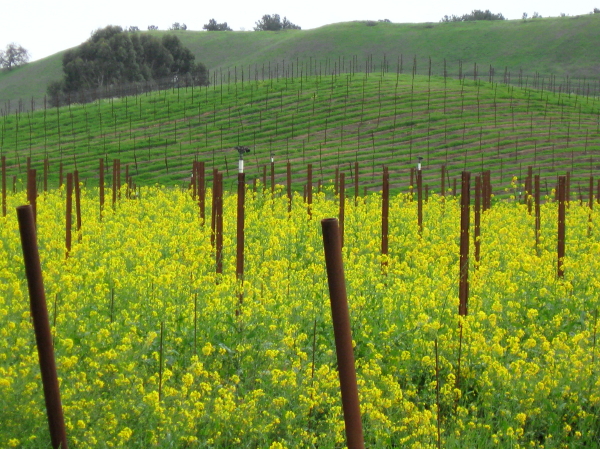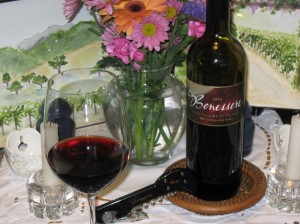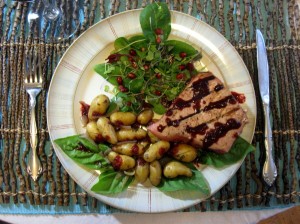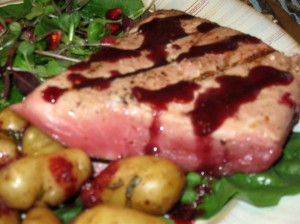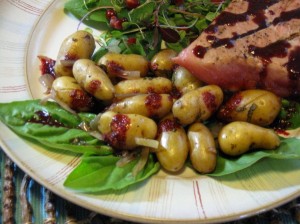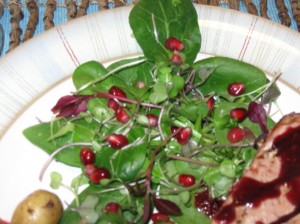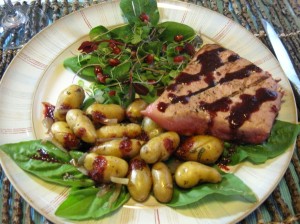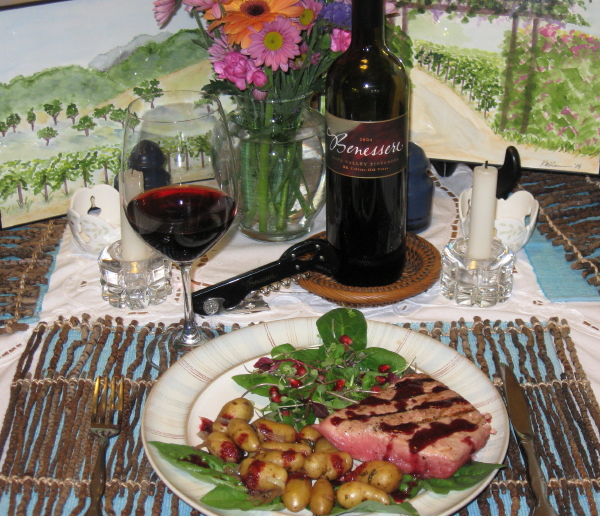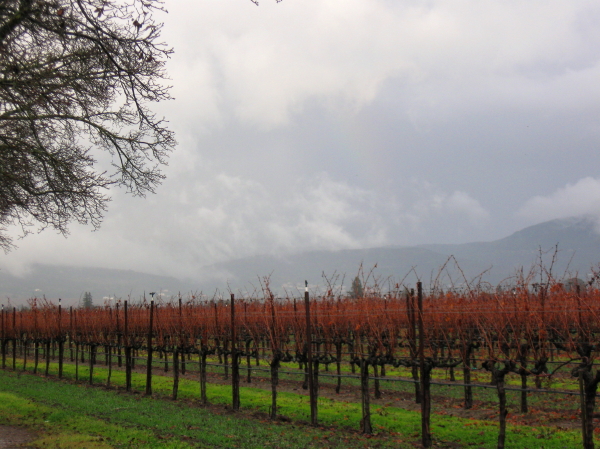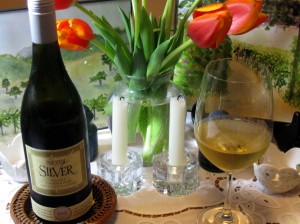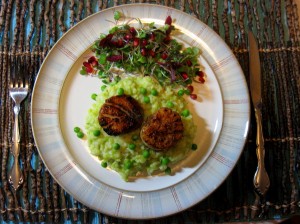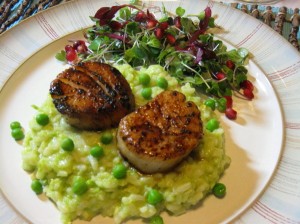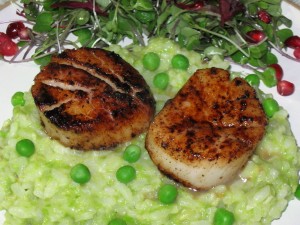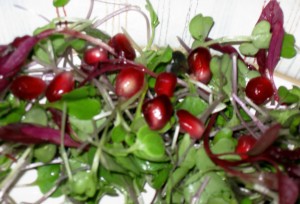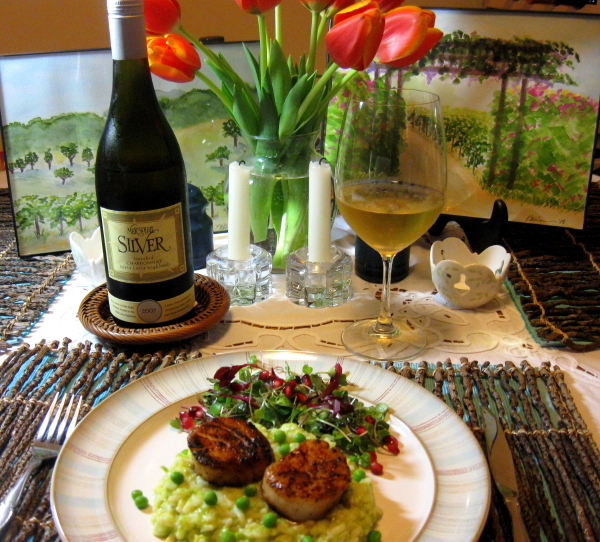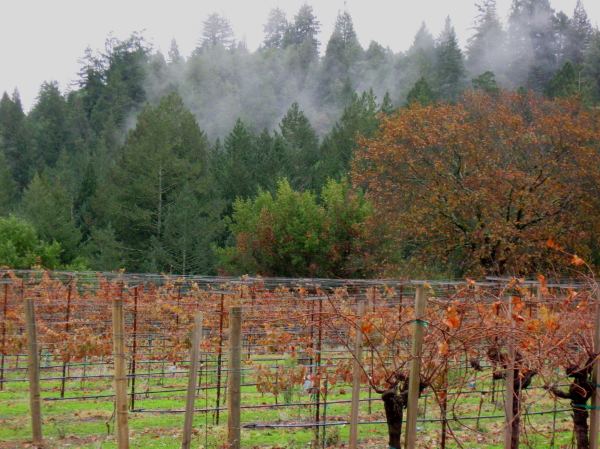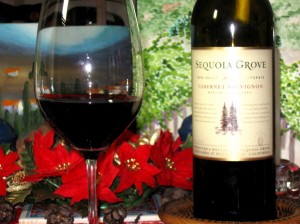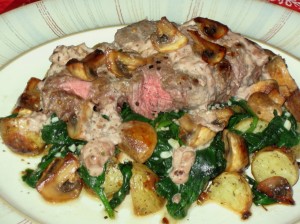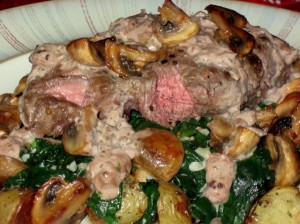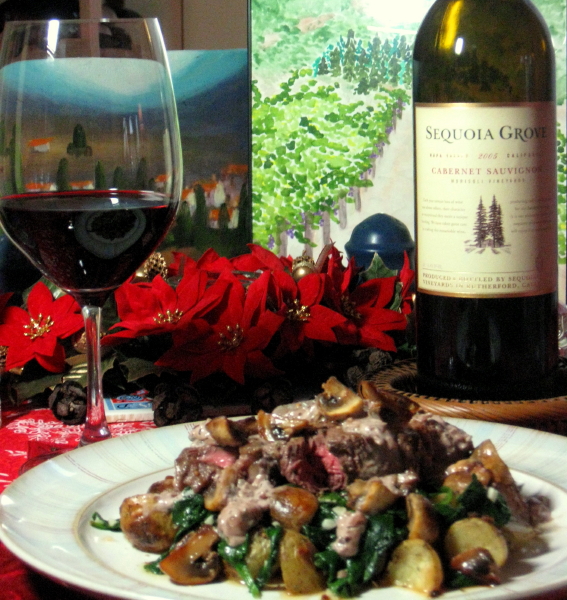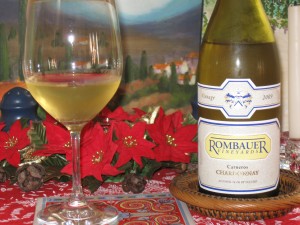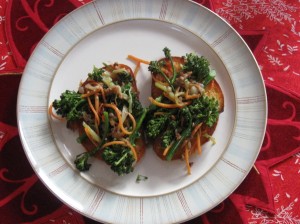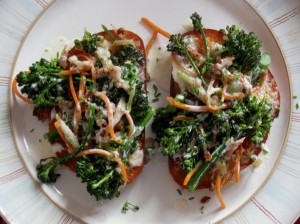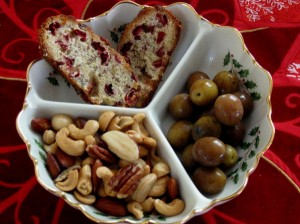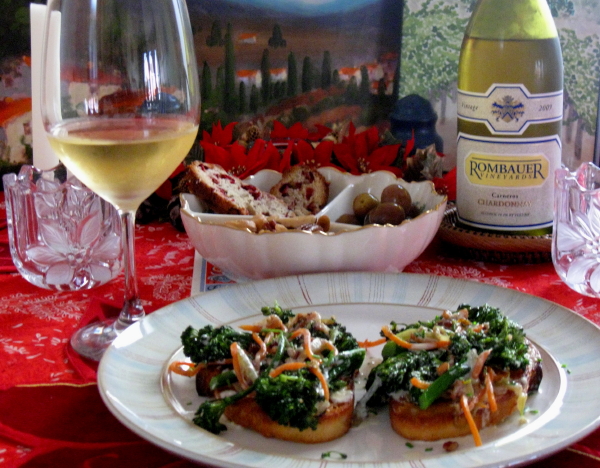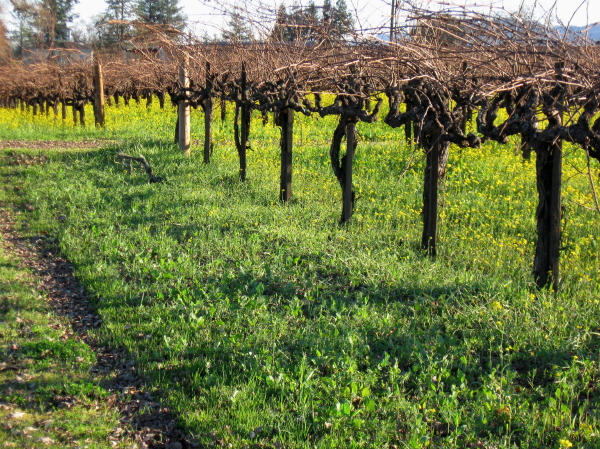Jan 27 2011
Something Old in the Beginning
Napa Valley and the rest of the Bay Area have been enjoying two weeks of glorious spring-like weather. Graced with warm sunny afternoons, early signs of spring are emerging whether it is blooming mustard or wild flowers. Kicking back in the sun with some light appetizers and a glass of wine this weekend, I found myself reflecting on how this entire site started.
Two years ago in the spring, as wineries opened their doors with parties to festively kick off their new season of vintages, a well-respected winemaker pulled me aside and asked me for a certain recipe. At the time I was flattered and surprised. But the sharing of that recipe ultimately launched a web site and attracted thousands of weekly readers. This week I thought it might be nice to share that wine and food pairing with those who read so loyally.
Oddly enough, despite being the recipe that proverbially “started it all”, it was paired with an old vine zinfandel. “Old vine” wines generally use grapes hailing from vines eighty years or older. Technically in the United States, there is no legal definition for “old vines” and it is largely determined by the winemaker. Nevertheless, the longer that the vine exists, smaller yields of grapes are produced. When the yields are smaller, the flavors in the grape are more concentrated and that translates into the wine. Zinfandel dominates most old vine vineyards in the United States.
A long-standing personal favorite old vine zinfandel is one offered by Benessere Vineyards (“Benessere”). Benessere has had an equally long-standing relationship with a neighboring vineyard who sells old vine zinfandel grapes to the winery so that Benessere can bottle a single vineyard production.
Year after year, each new vintage of this Holystone-Collins Zinfandel (formerly known as, BK Collins Zinfandel) reliably boasts ripe, readily recognizable fruit flavors of plum, raspberry and black cherry. Coupling in with spice flavors of anise and a certain earthiness, this wine is a flavorful find for the palate. The old vine grapes used in this Zinfandel hold up to their reputation and offer big concentrated flavors. Texturally the wine is smooth no matter its vintage. Let this bottling age and it only gets better and smoother.
“But can a Zinfandel age?”
Actually some Zinfandels can age in the bottle. I find that a general rule of thumb is to enjoy a Zinfandel in the following five to seven years after bottling. Some Old Vine Zinfandels will continue to age well in the bottle. To prove this point, I selected a 2004 vintage of the Holystone-Collins Old Vine Zinfandel from Benessere.
Opening the bottle of Benessere’s 2004 Old Vine Zinfandel, fruit aromas readily roll forward greeting the nose with scents of plum and black raspberry. Despite its age, this vintage is still highly fruit-forward. On the palate, spices of anise lilt across leaving a splash of blackberry on the front of the palate and a fond kiss of the same fruit on the finish. Should you pick a younger vintage of this wine, you will discover richer fruit. At this point in aging, the wine is smooth as fine silk, coasting back elegantly with sophisticated fruit typical of aged old vines.
Considering the texture of this wine, it will pair terrifically with seafood, particularly ahi tuna. Taking this into consideration, this week’s menu boasts the recipe that started it all:
1) Seared Ahi Tuna Steak on a Charcoal Grill with Blackberry Sauce;
2) Grill Roasted Baby Fingerling Potatoes and Sweet Onions in a Black Raspberry-Basil Vinaigrette; and
3) Spinach-Basil Salad with Pomegranate Seeds and Microgreens.
Ahi tuna is more substantive in its texture coming off as almost “meaty”. Using wild caught ahi tuna, it is seasoned simply with fresh cracked pepper and salt before being seared on a hot charcoal grill for a few minutes per side. Drizzled with the meal’s show stopping Blackberry Sauce, this combination creates a creative addition to the barbeque menu lineup.
In creating a blackberry sauce, fresh blackberries meet soy sauce, black raspberry vinegar, fresh basil, zinfandel, cracked black pepper and warmed honey. If sauces are truly “back” on the culinary forefront, seduce your guests as you depart from fat, cream, flour and other usual sauce suspects. This sauce also is naturally sweetened with honey.
Cooked on a grill in a foil packet, baby fingerling potatoes (previously tossed in a mixture of cracked peppercorns, julienned fresh basil and sweet onions, olive oil and black raspberry vinegar) quickly become tender and moist. Drizzle more of the Blackberry Sauce over the potatoes to create a delicious twist on potatoes.
The spinach salad is expectedly brightened by pomegranate seeds which add that culinary “pop” on the palate, but when torn fresh basil leaves are added to the mix, they add the “pizzazz”. Microgreens naturally sweeten the salad. Given this salad’s natural zip in flavor, it is a splendid counterpart to any pairing with old vine zinfandel.
With the meal, the wine’s ruby color tones warm and slow depth in candlelight. The front palate experiences a big explosion of warm fruit which is utterly delicious nearly seven years since bottling. Taking a bite of the ahi tuna with a sip of the wine, black pepper explodes towards the back of the palate and the zinfandel dances merrily showing that fine dining can come from the backyard charcoal grill with lively attributes.
Whether Benessere’s Old Vine Zinfandel is enjoyed on an early summer evening back patio or a 70 degree January Sunday, fresh ingredients and the sun’s first warm rays render this meal and wine pairing seemingly guiltless.
Comments Off on Something Old in the Beginning
